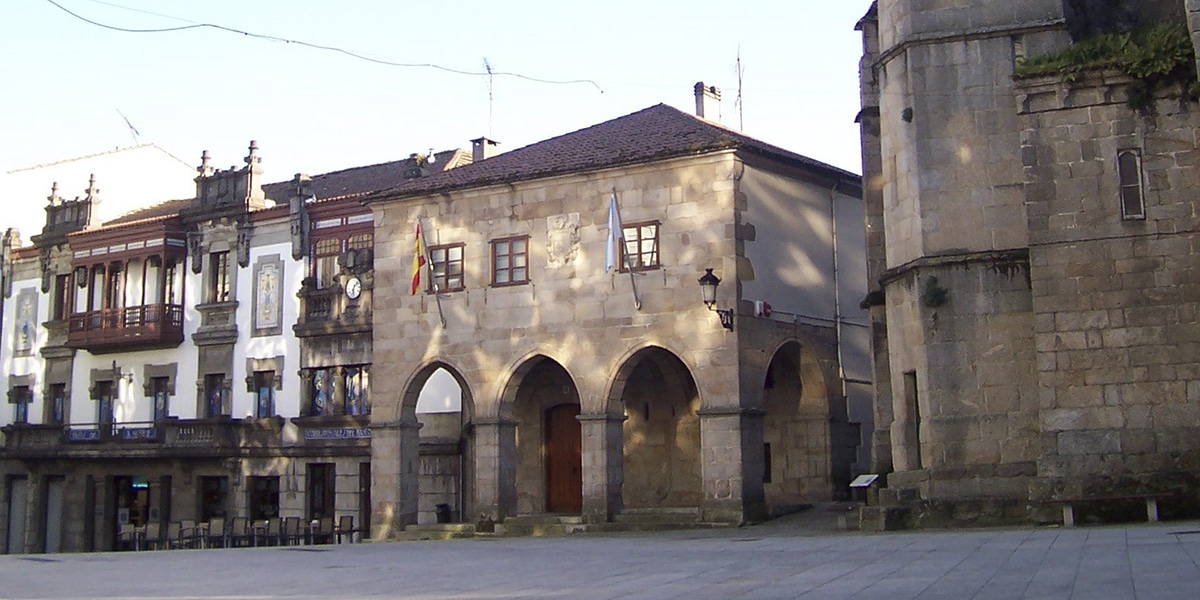
Betanzos is a municipality located in the northwest of the peninsula, in the so-called Galician Rías Altas, in the province of A Coruña. It is part of the metropolitan area of A Coruña and stands out for having the Betanzos estuary, formed by the lower reaches of the Mandeo and Mendo rivers. This town was one of the seven capitals of the Kingdom of Galicia and is also known as the Betanzos de los Caballeros.
This municipality is ideal to make a little getaway if we stay in A Coruña or if we want to visit the beautiful towns of the Galician coast. Its historic center is one of its strengths and has been declared a Historic-Artistic Site. Discover everything that can be seen in the Coruña town of Betanzos.
History of Betanzos
Although there are some indications of primitive settlements in this area of Galicia, the truth is that there is no record of populations until the arrival of the Roman Empire. Already in the XNUMXth century, without any knowledge of that previous historical period since the Romans, the population moved to its current location on the Untia fort. King Alfonso IX of León and Galicia grants it the title of town. Already in the XNUMXth century it was declared a city and it was allowed to hold a frank fair. During the reign of the Catholic Monarchs is the moment in which it was established as the capital of the province within the seven that made up the Kingdom of Galicia, living the time of greatest splendor. Centuries later it would be integrated into the province of A Coruña and in the XNUMXth century it would experience an improvement thanks to the arrival of the railway. Today it is still a tourist and important place.
Hermanos García Naveira Square
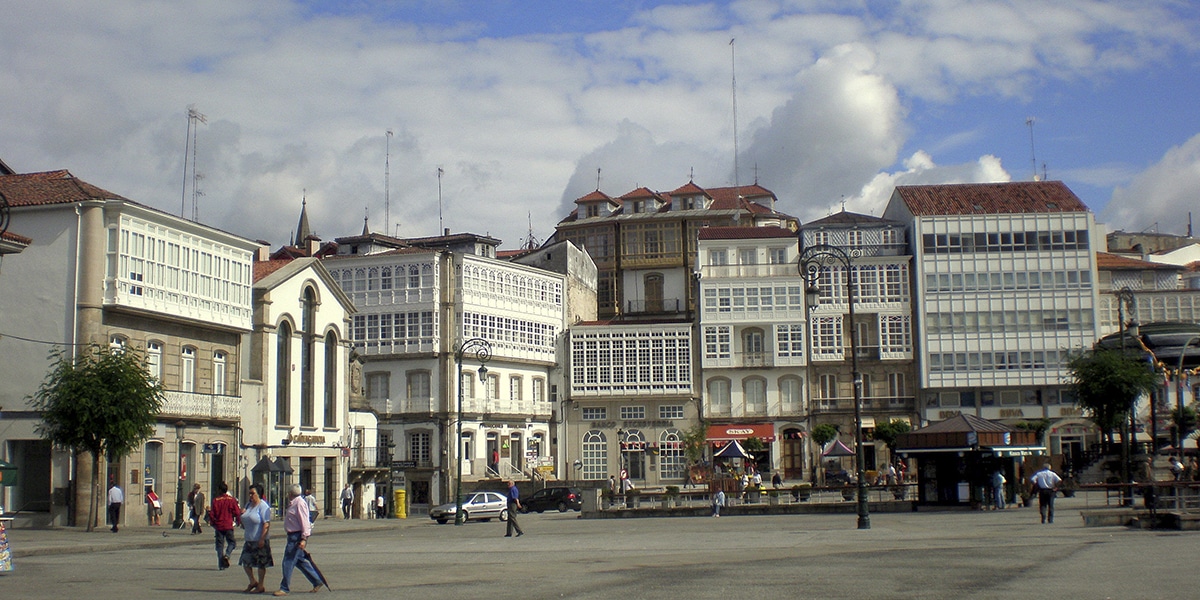
This central square is dedicated to the benefactors of the city. In the square we can see the Archivo-Liceo, the Hospital de San Antonio and the house of Don Juan García Naveira. This square too stands out for the beautiful fountain of Diana the Huntress, a copy of the Diana of Versailles, a sculpture that we can see in the Louvre in Paris. In the square we also find the old convent of Santo Domingo, in which is the Museum of As Mariñas. Here are also the municipal archive and library. It is a diverse and interesting museum in which we can learn more about the history of Galicia and Betanzos. It has a panoramic view of the prominent figures during the medieval period of splendor, with a statue of Santiago Peregrino from the XNUMXth century that is the oldest to be preserved. There are pieces from the Roman period and also an ethnography section.
Gates of the medieval village
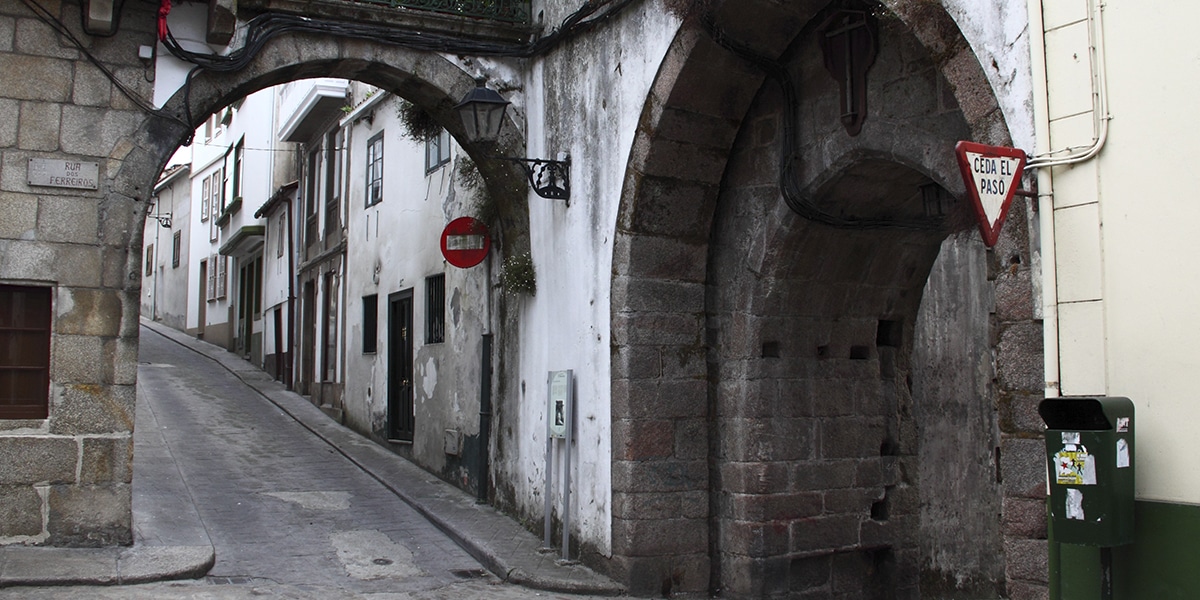
This villa medieval also had an old wall that protected it from external attacks. Today some of its gates are still preserved from the old wall, which can be seen on a walk through the old town. You can see and photograph the Puerta del Puente Nuevo, the Puerta del Puente Viejo and the Puerta del Cristo. Strolling through the old medieval quarter is one of the most interesting things we can do in the town of Betanzos.
Put on vella
The city is crossed by the Mandeo River and in it we can see beautiful bridges, one of the most outstanding being the Ponte Vella, translated as the Old Bridge. This bridge is the place through which pilgrims enter the city when they make the English Way on the Camino de Santiago. Here The dos Carneiros river walk also begins, a small route of several kilometers. Near the bridge we can see the Convent of Las Angustias Recoletas from the XNUMXth and XNUMXth centuries. On the façade we can see the coat of arms of Carlos V and the coat of arms of the city.
Fernan Pérez de Andrade Square
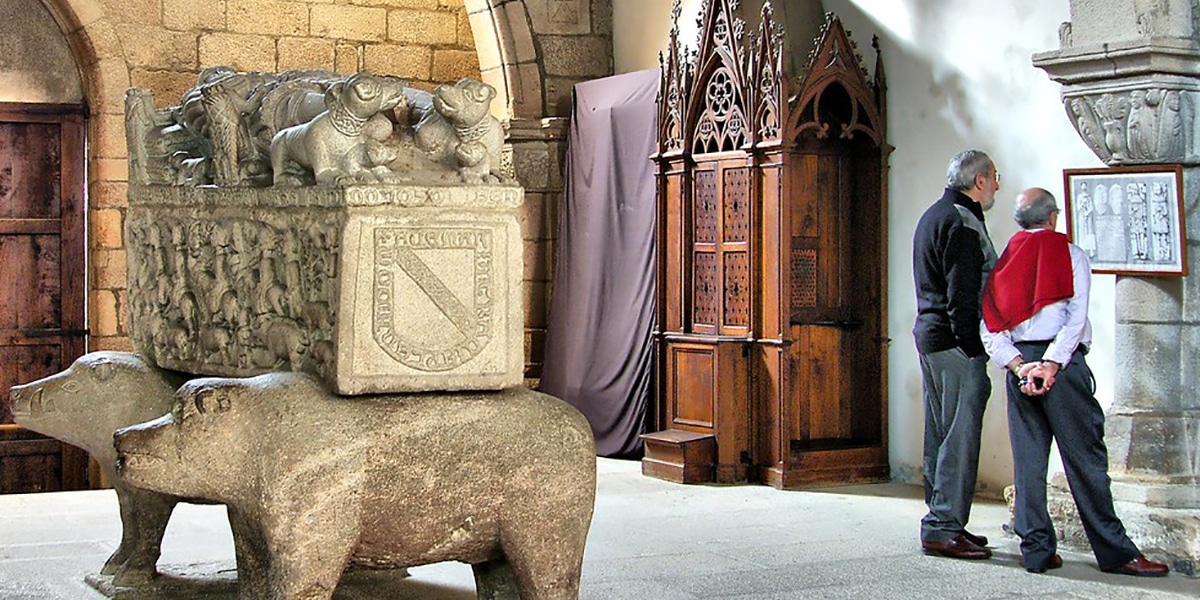
This is another of the key squares in the city of Betanzos. It is a very important place in the City of Knights, as it has old buildings that speak of the history of the city. In the square we can see the church of San Francisco, inside which there are tombs of ancient knights. It is a Gothic temple from the XNUMXth century, a time of great splendor in the town. Here is the grave of Fernan Pérez de Andrade that is raised on two representations of animals, a bear and a wild boar, which are the representations of the family. In the square we also find the Plaza de Santa María de Azogue, in the Gothic style of the fourteenth century.
Pastime Park
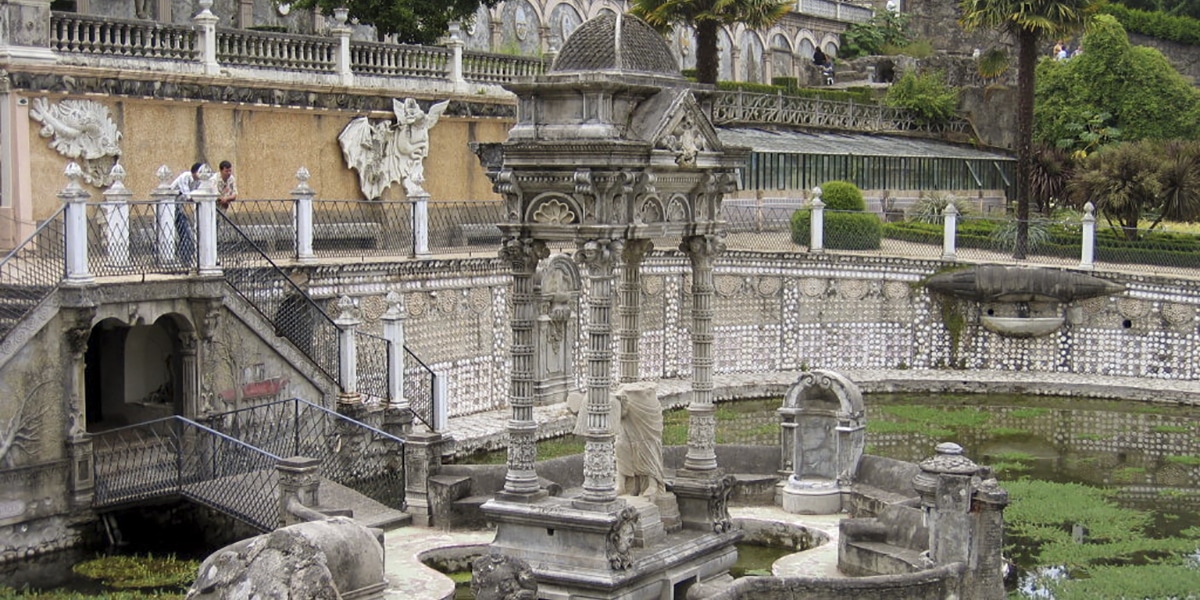
This is a peculiar encyclopedic park created in 1914 near Betanzos for entertainment and to learn. It is a place peculiar devised by Juan García Naveira with a pedagogical purpose. It is like an early precursor to a theme park, hence its great originality. This park today is still a bit abandoned, since it had many years of decline, but it is still a special place to visit.